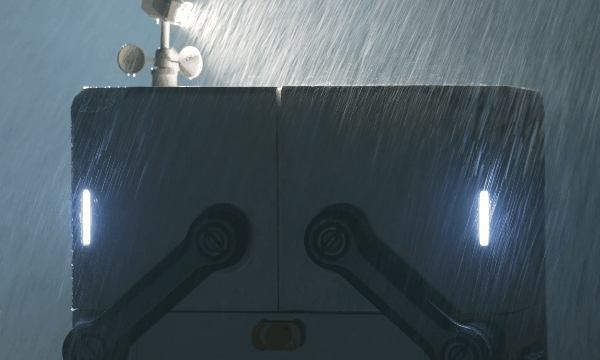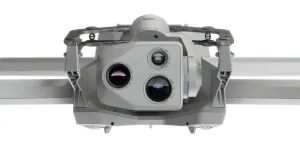The Enigma of IP Ratings and Their Role in the Drone Odyssey
In the thrilling saga of drone aviation, where these winged machines have become the darling of tech aficionados and commercial pilots alike, the IP rating emerges as the unsung hero. It's a cryptic alchemy of digits that spells the difference between a soaring success and a soggy disaster.
Decoding the IP Rating: Your Drone's Armor Explained
Imagine the IP rating as the knight's armor in the battle against the dragon of environmental adversity. It's the secret code that the International Electronic Commission whispered to the tech world. Picture a pair of digits holding the line against dust and water's siege – the first digit, a stalwart against solids, and the second, a sentinel against liquids.


The IP indicate it is an ingress protection marking, where the first number is the rating of solid debris protection (such as dust), and the second number is the level of water ingress protection
Q: What does an IP rating signify for drones?
A: An IP (Ingress Protection) rating qualifies the level of protection a drone has against solid objects (like dust) and liquids (like water). This is crucial for drone operators to know the potential of their drones in diverse environmental conditions. A high IP rating means the drone can handle certain levels of exposure to these elements.
Q: How is an IP rating established, and who oversees its certification?
A: IP ratings result from rigorous testing processes that evaluate a device's resistance to solid and liquid ingress. These tests are standardized by the International Electronic Commission (IEC), which also endorses the ratings.
Q: Can my drone with a high IP rating safely fly in the rain?
A: A high IP rating does imply enhanced moisture protection, but it does not make the drone invulnerable to water damage. For example, a drone with an IP55 rating is protected against low-pressure water jets from any direction but should not be flown in heavy rain that exceeds these conditions.
Q: Is the DJI M350 suitable for flying in wet weather?
A: The DJI M350 boasts an IP55 rating, suggesting it can handle water spray from various angles. While it is equipped to perform in mild rain, flying it in torrential conditions is not advisable due to the risk of damage to the drone.
Q: What do the numbers in an IP rating indicate?
A: The numbers in an IP rating have specific meanings. The first digit (0-6) indicates the level of protection from solid particles like dust, with "6" meaning complete protection. The second digit (0-8) reflects protection from liquids, with "8" representing the ability to withstand immersion in water beyond 1 meter.
Examples of IP Ratings:
- IP32: Protected against solid objects over 2.5mm (like tools) and water droplets when the device is tilted up to 15 degrees.
- IP65: Dust-tight and protected against water jets from any direction.

Q: What does an additional letter in an IP rating mean?
A: Additional letters, such as "M," indicate protection against specific conditions. They are not standardized and vary by manufacturer, so it’s important to consult the product's documentation for exact meanings.
Q: How can I determine the IP rating of my drone?
A: The IP rating should be listed in the drone's specifications, manual, or on the manufacturer's website. If this information is elusive, contacting the manufacturer directly is the best course of action.
Q: Does a higher IP rating guarantee that my drone is completely waterproof or dustproof?
A: While a higher rating like IP68 suggests that a device can withstand dust and temporary immersion in water, it does not guarantee indefinite submersion or that the drone is impervious to all possible dust and water damage.
Q: What impact does an IP rating have on a drone's performance and longevity?
A: A superior IP rating often correlates with high-quality components capable of resisting challenging conditions. This can enhance the drone’s performance across various environments and potentially extend its operational lifespan by reducing susceptibility to damage from dust and water.

We hope this FAQ has illuminated the world of IP ratings and their significance in the realm of drone technology. A deeper understanding of these ratings will not only enable you to make more informed decisions but will also help in maximizing the potential and lifespan of your drones.
If there's a whirlwind of questions brewing in your mind, or if a particular query wasn't addressed, please feel free to reach out. We're always here to clear the fog.
For those who have found this guide valuable and wish to stay aloft with the latest insights and tips from the tech stratosphere, consider subscribing. By doing so, you'll have a direct line to all the updates and wisdom to keep your drone flying high and dry, no matter the weather.
Thank you for reading, and may your tech ventures be ever resilient against the elements!
Subscribe, stay informed, and take your technology expertise to new heights!







